Please remember to click on the photos for complete versions. Below, Row 1, left, Arthur Wellesley, later the 1st Duke of Wellington portrayed by Sir Thomas Lawrence; right, obelisk at the park commemorating the Battle of Vimiero, August, 1808. Row 2, Portuguese blue tile plaques illustrating battles scenes.
The early phase of the Peninsular War ended after Vimiero in August, 1808. A British expeditionary force, joined with Portuguese troops, under the leadership of Lieutenant-General Sir Arthur Wellesley had defeated French forces commanded by General Junot. Instead of pursuing and re-engaging the French as Wellesley wanted to do, a pair of senior generals, who had arrived during the fighting, insisted on negotiations for peace. The Convention of Cintra was agreed August 30 requiring the British Navy to transport the French Army back to France, thus freeing Portugal, a situation which lasted only a few months.
The Convention was signed at the Palace in the room below. Though Wellesley at first refused to sign, eventually he did so. However when the news reached London, the War Office and most of Parliament objected. All three generals were recalled and subjected to an official inquiry. The National Palace of Queluz was begun in the 17th C. near Lisbon.
Wellington's headquarters were at The Serra Convent high on a bluff overlooking Oporto from the south side of the Douro River. British guns located nearby fired directly on French troops on the northern river shore.
Below left and right, the Monastery of Serra do Pilar, now a UNESCO World Heritage Site, begun in 1538 by the Order of St. Augustine.
Middle row, left, Today's view of the River Douro and Oporto from Serra; right, reproduction of traditional Douro River craft.
A tour of Peninsular War sites will be led by Kristine Hughes and military historian and author Gareth Glover in May, 2024.
For more Information, click the link.
http://numberonelondontours.com/peninsular-war-tour/



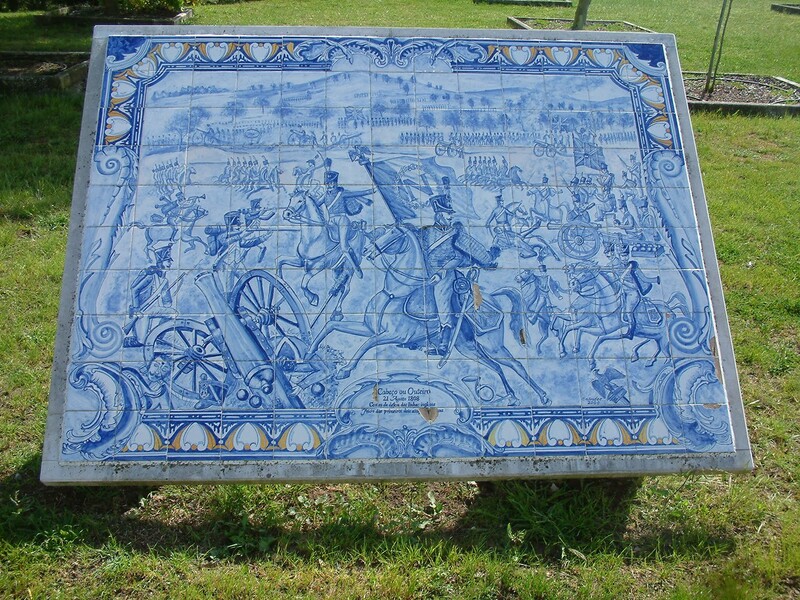
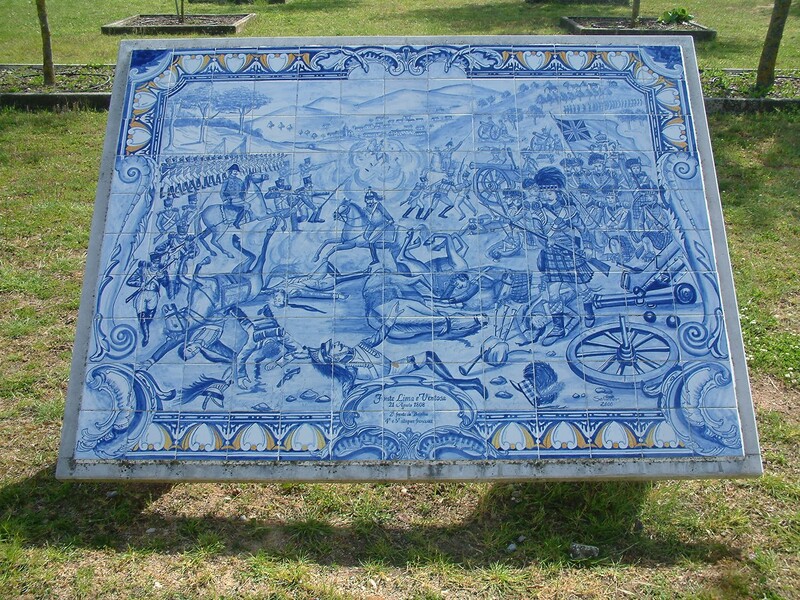


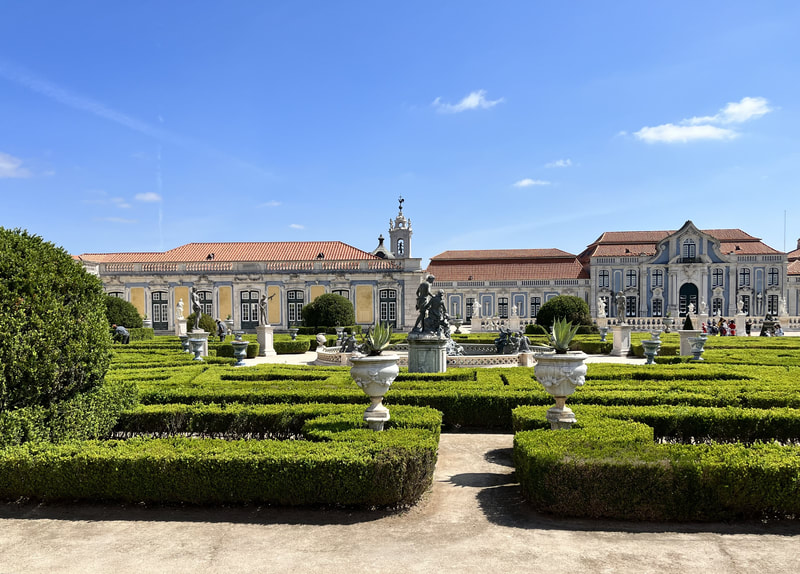

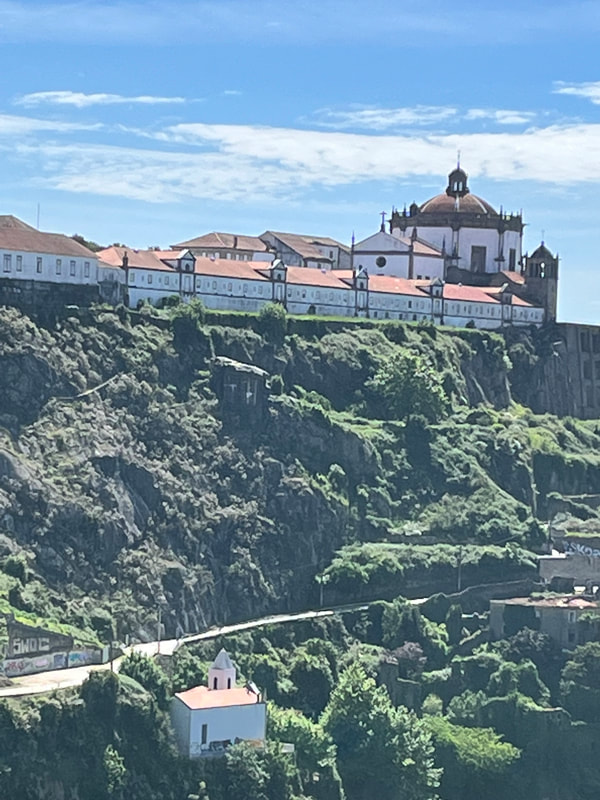
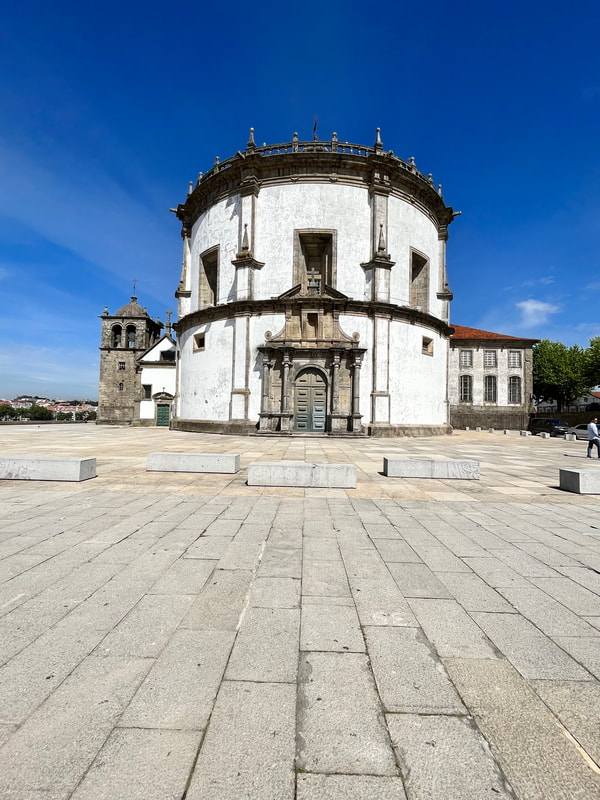
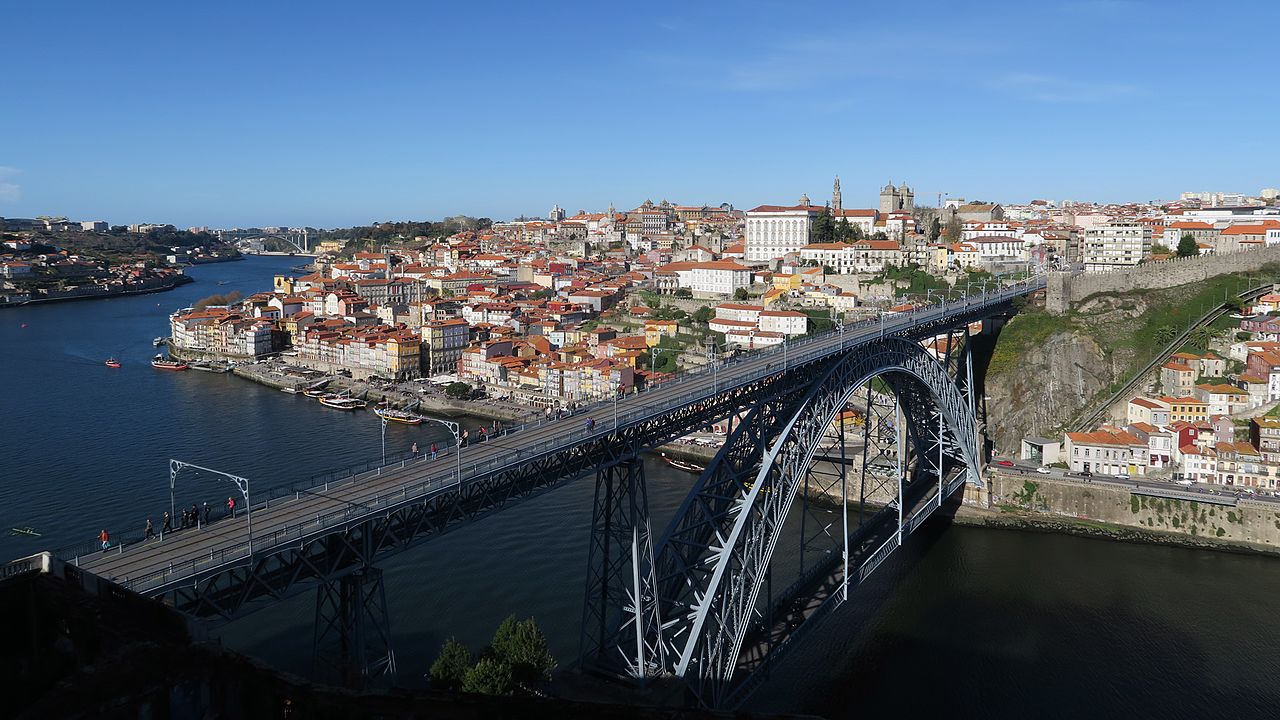
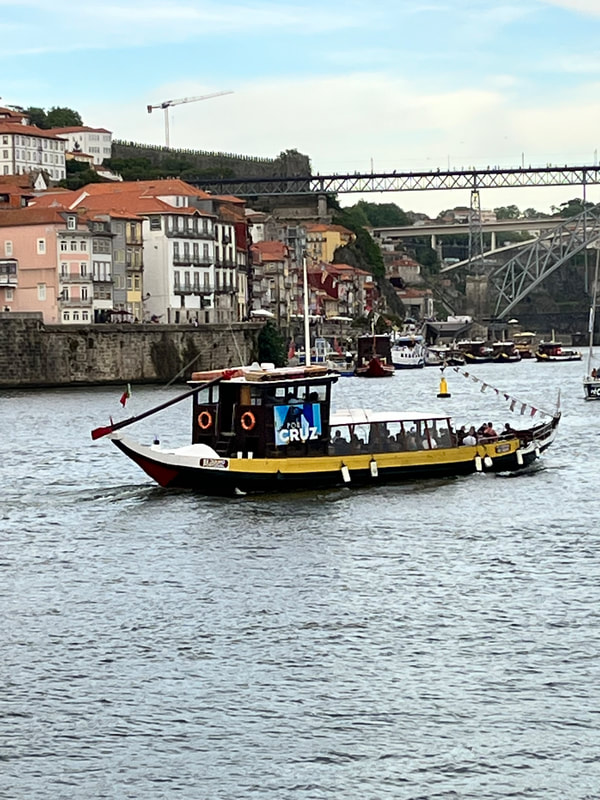
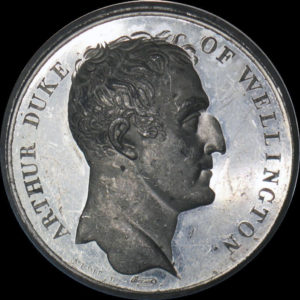
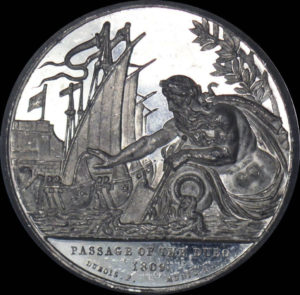

 RSS Feed
RSS Feed